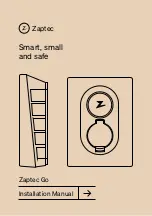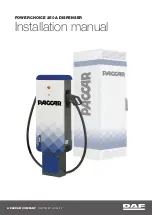
Keeping the tires properly inflated
provides the best combination of
handling, tread life, and riding
comfort.
Underinflated tires wear unevenly,
adversely affect handling and fuel
economy, and are more likely to
fail from being overheated.
Overinflated tires can make your
vehicle ride more harshly, are
more prone to damage from road
hazards, and wear unevenly.
We recommend that you visually
check your tires every day. If you
think a tire might be low, check it
immediately with a tire gauge.
Use a
g
a
uge
to measure the air
pressure in each tire at least once a
month. Even tires that are in good
condition may lose
1
to
2
psi (
10
to
20
kPa, 0.1 to 0.2 kgf/cm ) per
month. Remember to check the
spare tire at the same time.
Check the air pressures when the
tires are cold. This means the
vehicle has been parked for at lea
st
3
hours, or driven less than 1 mile (1.6
km). Add or release air, if needed, to
match the recommended cold tire
pressures on page
.
If you check air pressure when the
tires are hot [driven for several miles
(kilometers)], you will see readings
4
to
6
psi
(30
to
40
kPa, 0.3 to 0.4
kgf/cm ) higher than the cold
readings. This is normal. Do not let
air out to match the recommended
cold air pressure. The tire will be
underinflated.
You should use your own tire
pressure gauge whenever you check
your tire pressures. This will make it
easier for you to tell if a pressure
loss is due to a tire problem and not
due to a variation between gauges.
While tubeless tires have some
ability to self-seal if they are
punctured, you should look closely
for punctures if a tire starts losing
pressure.
Tires
Inf lation Guidelines
Ma
int
e
na
nce
255
Main Menu
Table of Contents
s
t
Main Menu
s
t
Table of Contents
Summary of Contents for 2007 Accord Coupe
Page 185: ......
















































